Today, financial services companies must build relationships with customers who may have never used traditional services before. Incumbents have the opportunity to reach out to a younger generation of consumers by merging with or acquiring dynamic Fintech firms.
The Online Bank
To make these moves work, IT platforms must be robust enough to accommodate these new products and services that customers increasingly want. Younger people falling into the classification of ‘millennials’, typically view banks as a place to avoid. More than seven in 10 (71%) would prefer to go to the dentist than to a bank, and one-third (33%) say they do not need a bank at all. This represents an existential problem for incumbent banks and other financial services companies because 75% of the global workforce will be ‘millennial’ in five years.
There is a bigger problem. Throughout the global lockdown, those accessing or managing financial services resorted to online services – those that ‘millennials’ are said to prefer. As customers and clients have adopted more online behaviors during lockdown, the market is pivoting more quickly than expected, and this can have a direct impact on company valuations.
New tech
Retail banking is the most obvious example of how branches can be bypassed almost entirely in favor of apps and other digital services. But there are more revolutions on the way, through technologies like Virtual and Augmented Reality to consider.
Italian bank Widiba offers a virtual reality (VR) system Widiba Home, for customers to browse or buy financial products or talk to an advisor. The system appears to be tailor-made for home banking. CTO of Widiba, Daniela Pivato, says it takes the “relationship back to the customer while meeting the needs of busy lifestyles by delivering the personal touch of a physical branch in a modern setting.”
Such technologies have even been brought into IT security and are of critical importance in financial services. 3Data creates Augmented Reality representations of IT infrastructure. Their products show where IT teams can predict maintenance, reduce downtime, and detect and respond to threats before they become potential risks.
Trading
According to Gartner’s 2019 technology report, “By 2022, 70% of enterprises will be experimenting with immersive technologies for consumer and enterprise use, and 25% will have deployed to production.”
For example, Virtualitics uses Virtual Reality to visualize complex data sets, giving traders, analysts, or actuaries the chance to find detail or trends within huge volumes of data to support better decision-making capabilities.
Such initiatives help companies compete. IBM’s Quant Crunch Report shows increasing competition for data analysis skills. Apps like Virtualitics have the ability to democratize analysis, opening trading up to those without a traditional background in this field.
Another company, D6 VR, uses VR and augmented reality (AR) technologies to visualize data in new ways that could be used for a variety of jobs not limited to financial services. Such services, coupled with tech like Machine Learning, help the trader, analyst, or actuary really see the data and decipher key trends and patterns easily.
However, all these technologies are reliant on having the right underlying infrastructure.
New apps
It’s not just new technologies that can be innovative. Ingenuity is another. The revolution in Fintech apps is gaining in momentum, with dozens of new apps on the market offering services that could easily disrupt the status quo.
For example:
- MoneyLion is a US app-based lender which also handles traditional banking.
- Matador and Public both offer a hybrid system of a trading platform and social network, allowing users to invest with friends with the benefit of detailed information on companies.
- Coinbase taps into the trends for trading and cryptocurrency, giving users the chance to manage and trade on the app.
- Robinhood brings trading to the people, taking away the need for a broker and with very low minimum investments.
- N26 is an app designed to let users achieve financial goals, such as a holiday, in a way similar to a fitness app.
- In insurance, Cuvva allows people to insure themselves by the hour, bringing the barriers to entry, lower than ever.
- Lemonade uses AI to give building and contents insurance quotes in seconds.
- Penfold gives those on flexible hours or the self-employed the chance to develop a pension without much difficulty.
Conclusion
Future applications will need flexible IT to allow various new technologies to unlock the existing data available and offer valuable new services. Panduit, alongside our vast partner ecosystem, is one way to give your systems the maximum flexibility to take advantage of any merger or acquisition using Hybrid IT, Colocation and Edge computing.
With the experience to develop tailored systems using the right mix of Hybrid IT, Edge and Colocation, Panduit is the partner financial services companies need for successful M&A.
To learn more, read the ebook here.
Jennifer Vallarautto
Jennifer Vallarautto is the Global Account Manager at Panduit.






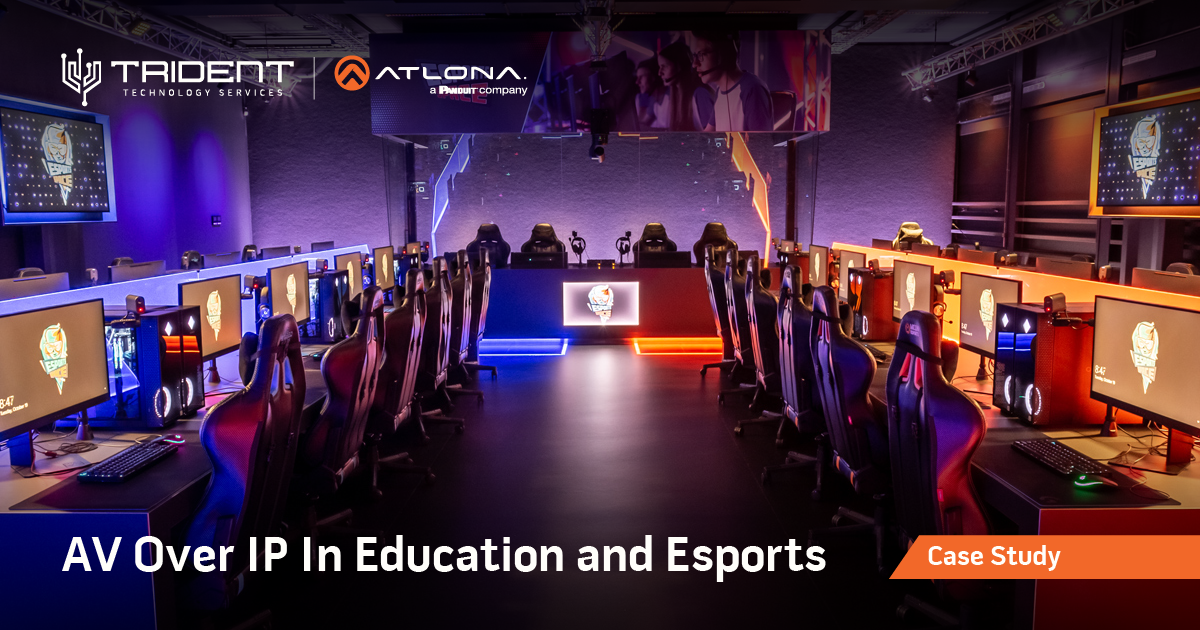






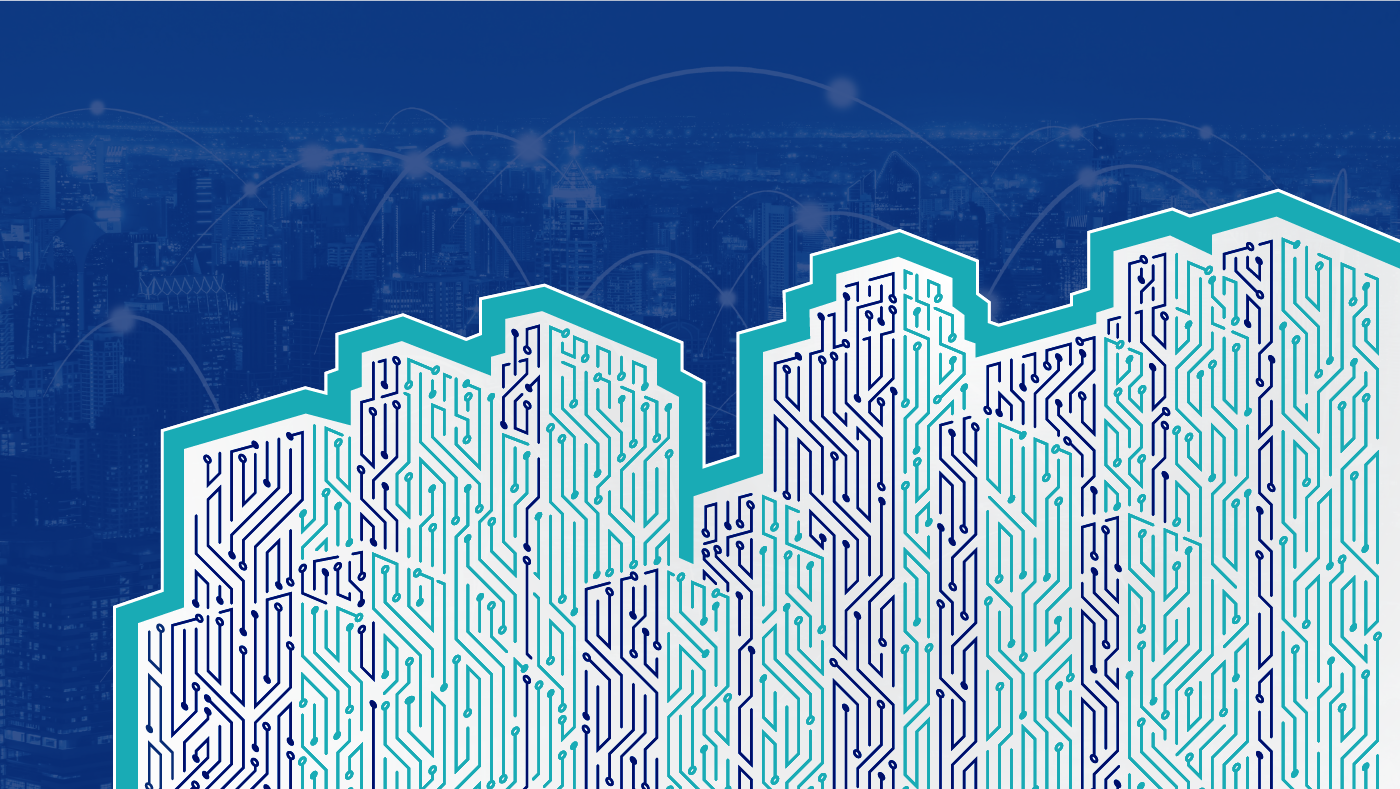


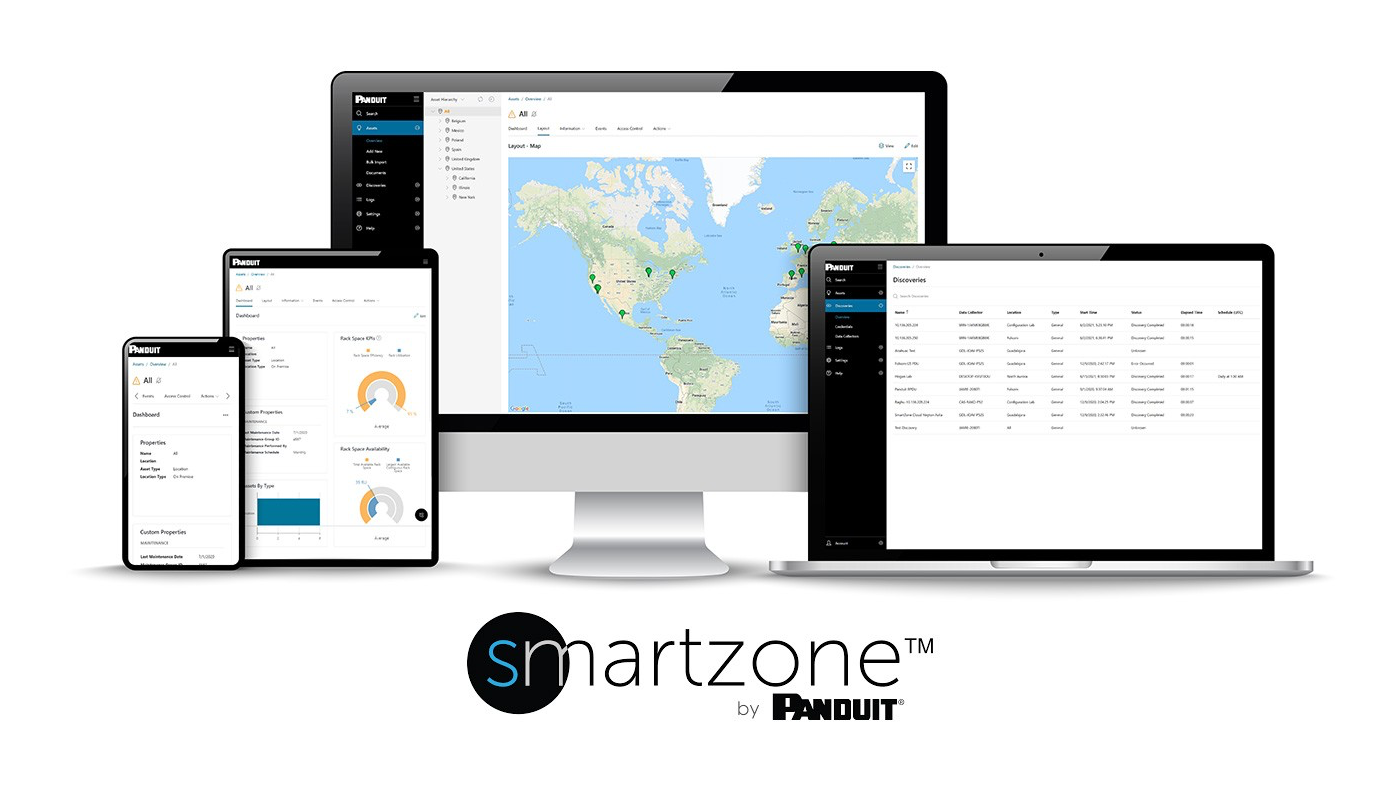


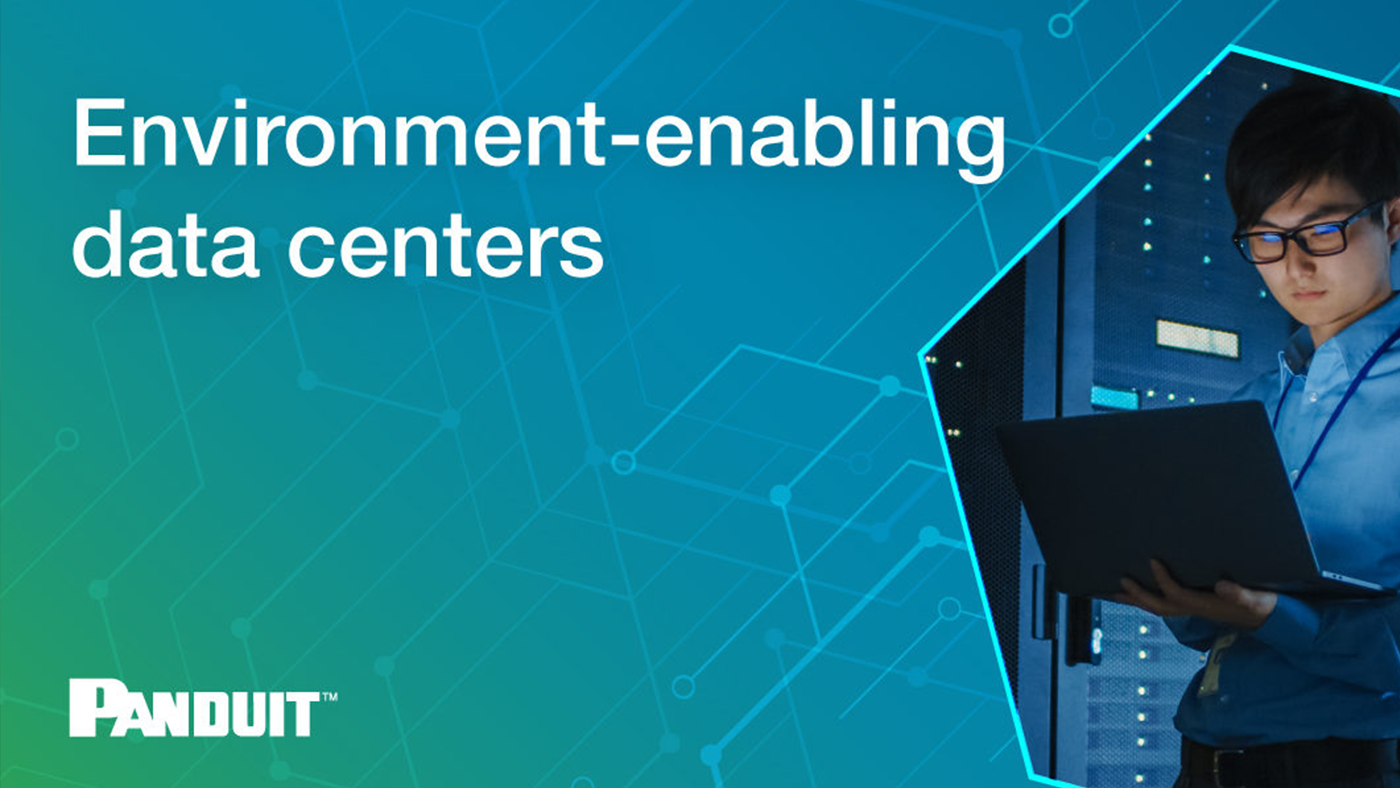
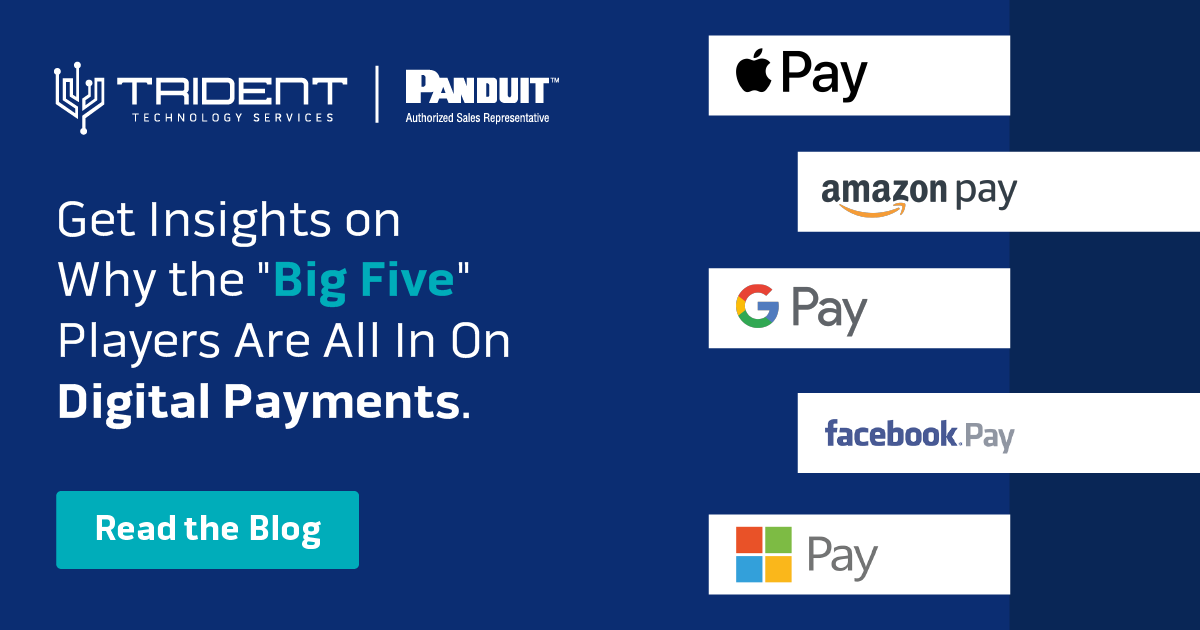
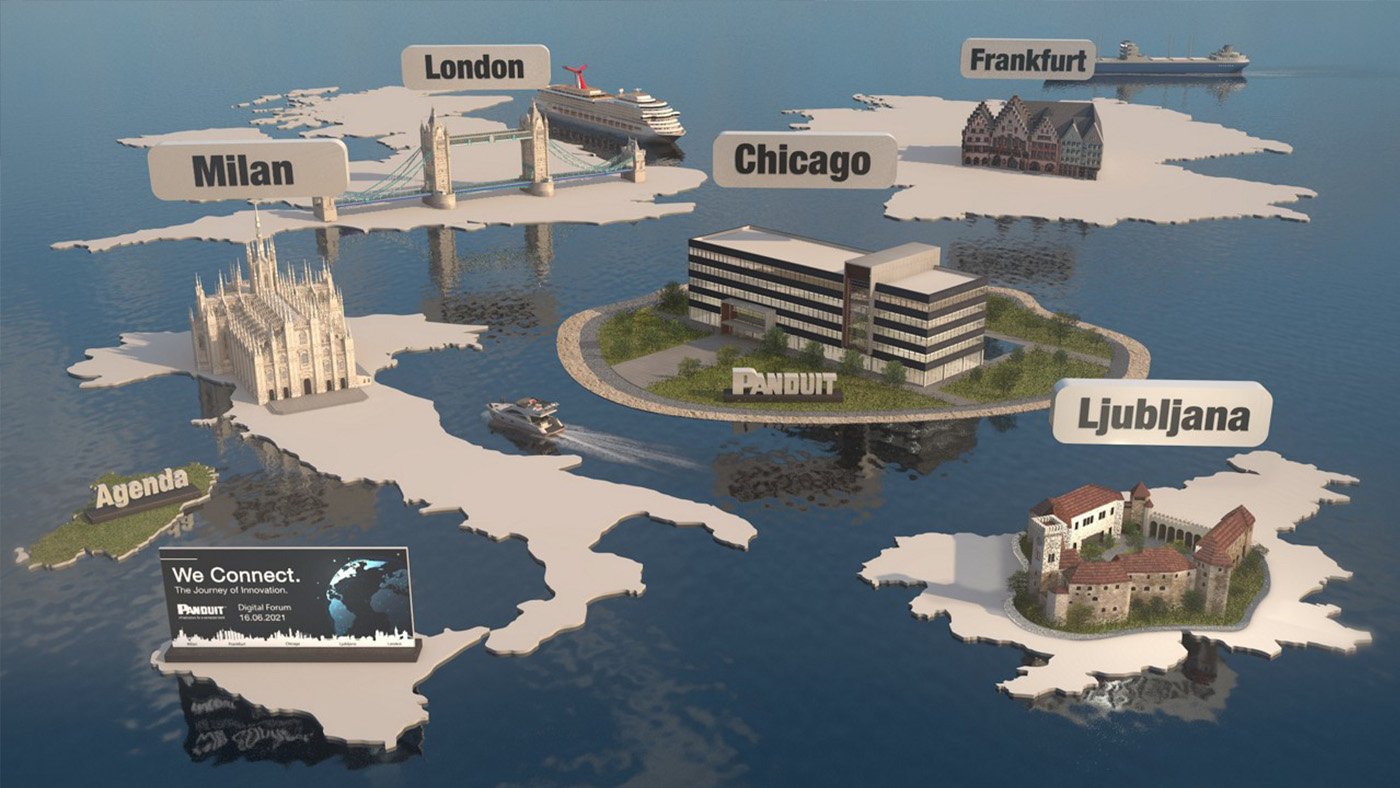











 Back
Back